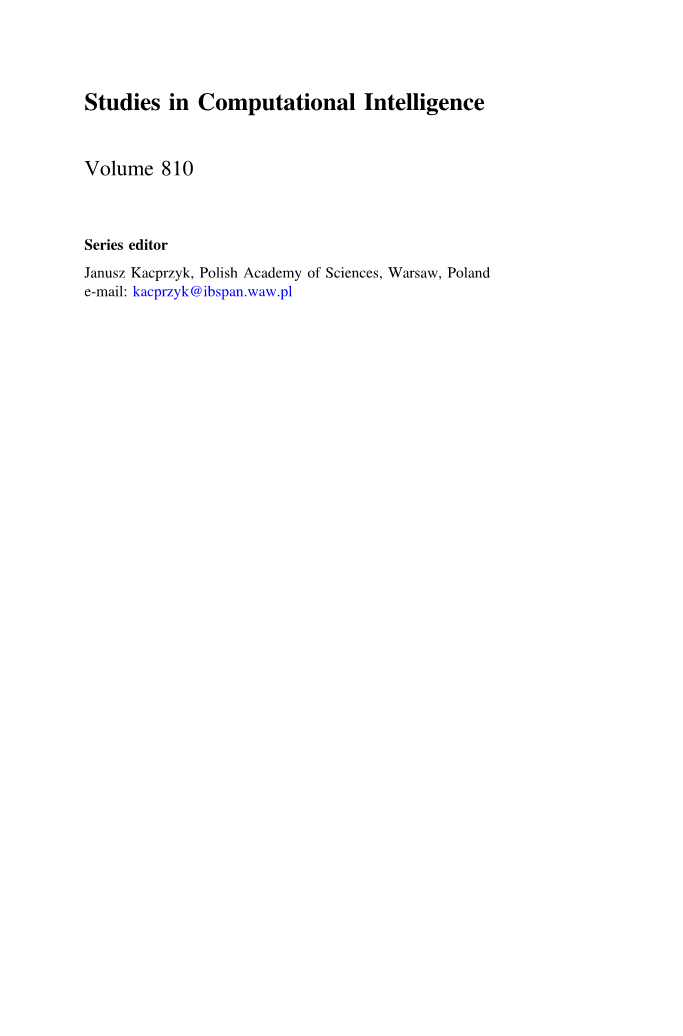

英语原文共 504 页,剩余内容已隐藏,支付完成后下载完整资料
Discrete Hashing Based on Point-Wise Supervision and Inner Product
Xingyu Liu, Lihua Tian and Chen Li
Abstract Recent years has witnessed an increase popularity of supervised hashing in vision problems like image retrieval. Compared with unsupervised hashing, supervised hashing accuracy can be boosted by leveraging semantic information. However, the existing supervised methods either lack of adequate performance or often incur a low quality optimization process by dropping the discrete constraints. In this work,we propose a novel supervised hashing framework called discrete hashing based on point-wise supervision and inner product (PSIPDH) which using pointwise supervised information make hash code effectively correspond to the semantic information, on the basis of which the coded inner product is manipulated to introduce the punishment of Hamming distance. By introducing two kinds of supervisory information, a discrete solution can be applied that code generation and hash function learning processes are seen as separate steps and discrete hashing code can be directly learned from semantic labels bit by bit.Experiment results on data sets with semantic labels can demonstrate the superiority of PSIPDH to the state-of-the-art hashing methods.
1 Introduction
In recent years, hashing methods have been widely applied to approximate nearest neighbor search that it have attracted considerable attention in computer vision, machine learning, information retrieval and related areas. Hashing methods construct a set of hash functions that map the original highdimensional data into a compact binary space preserving the similarity among Liu et al. neighbours.
Hence the high-dimensional data can be represented by a set of compact binary codes witch are extremely efficient for data storage, and the resulting binary codes enable fast similarity search on the basis of the Hamming distance obtained by XOR between codes.
Over the past decades,supervised hashing has attracted increasing attention. Because of the benefit of leveraging semantic (label) information for hashing function learning, the learned compact binary codes (typically le; 200) can effectively and highly efficiently index and organize massive data. It has demonstrated great accuracy in many real applications.
In general, hashing-code learning problem is essentially a discrete optimization problem which is hard to solve. To simplify the optimization involved in a binary code learning procedure, most existing supervised hashing methods, such as KSH , try to solve a relaxed continuous optimization problem by dropping the discrete constraints, but such an approximate solution breaks the constraint resulting in the solution will be far away from the real optimal solution and often makes the resulting hash functions less effective possibly due to the accumulated quantization error. This has been confirmed by experiments.
In early research work on directly learning the binary codes, point-wisesupervised information can be formulated as a simple classification applying to take advantage of the label information. That is, the learned binary codes are expected to be optimalforthejointlylearnedclassifier.HoweverInhash-basedimageretrieval,We search for the approximate nearest neighbour by comparing the Hamming distance. Which means we usually want smaller Hamming distances for similar data and larger Hamming distances for dissimilar data when performing retrieve.Obviously,simply using a simple classifier can not achieve such an effect. The Hamming distance of pairwise codes should be valued during training.
In this work, we propose a novel supervised hashing framework called discrete hashing based on point-wise supervision and inner product (PSIPDH). This supervised hashing framework use both point-wise supervision and the correspondence between pairwise inner product and the Hamming distance.Then it can lead to high semantic consistency and implicit yet more effective optimization of Hamming distances which is more in line with the requirements of image retrieval based on hashing. In addition, the joint learning of point-wise supervision and inner product can makes the NP-hard problem effectively discrete solved by the codersquo;s separability. By means of discrete cyclic coordinate descent, at each step PSIPDH solves the associated binary optimization and obtains an analytical solution, which thus makes the whole optimization very efficient. Moreover We use a novel supervised hashing framework of which the learning goal is to generate the optimal binary hash codes for retrieve, hash function is then learned using a tractable and scalable solver based on the learned bits in step two. Experiment results on two popular large-scale image databases, illustrate that PSIPDH can outperform the state-of-the-artmethods in real applications, such as image retrieval.
Discrete Hashing Based on Point-Wise Supervision and Inner Product
2 Notation and Problem Definition
I denotes the identity matrix. and denote the ith row and the jth column of A, respectively. denotes the inverse of A, and denotes the transpose of A. ||·||denotes the Frobenius norm of a vector or matrix. sign(·) is the element-wise sign function which returns 1 if the element is a positive number and return minus;1 otherwise.
Supposewehaven points =1 can be divided into c categories,where is the feature vector of point i. We can denote the feature vectors of the n points in a compact matrix form X isin;, where =. Besides the feature vectors, the training set of supe
剩余内容已隐藏,支付完成后下载完整资料
资料编号:[253884],资料为PDF文档或Word文档,PDF文档可免费转换为Word


